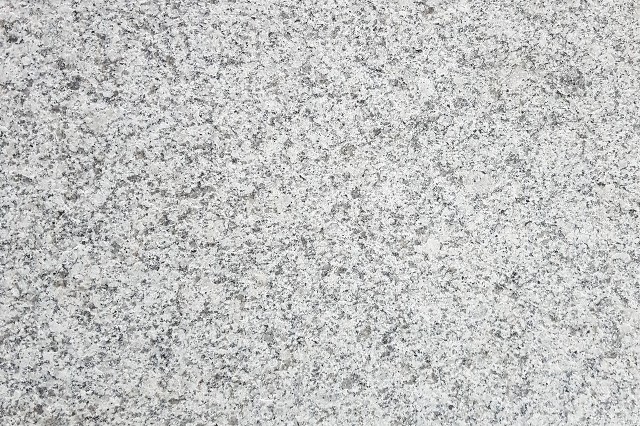Could be clear primer and solvent
Needsajet is on the money - Clear Primer & Glue/Solvent does the trick.
It makes for a neater looking joint as even if you over do it the glue/solvent is clear which looks 110% neater.
Only drawback is that while it sets up in 30 secs or so, it takes 24Hrs+ to fully cure, so many contractors prefer fasting curing solvents which tend to not be available in clear.
Are you the most amazing PVC gluer, like, ever, or is all your work dry-fitted, in advance of gluing? I don't see the tiniest hint of PVC glue or primer in any of your joints, in any of your pictures. What gives?
Apart from utilising clear primer and solvent another trick is that I don't bother dry fitting the PVC all that much as you cannot accurately position the pipe into sockets etc all the way due to the taper present on sockets & fittings.
However what I do is to accurately measure the internal depth of sockets/fittings and use this measurement in addition to any pipe length required before cutting the pvc pipe. Most contractors will simply 'eyeball' it, mark it then cut - which gets it close but not necessarily spot on so to speak.
What is going on with your pool while all this work is going on? Is your pad and equipment active? Pool full of water? Or are you plumbing your pad while your pool waits for water? Or is all this work going on in short sessions, and you restore your pad's functionality after each session?
Pool equipment is off-line while working on my pad. As my pad is located higher than the pool, water runs back into the pool.
I have been disassembling the pumps etc at the start and placing every thing back the end of each day. Doesn't take long to remove and re-instate the pumps, Multicyclone pre-filter etc.
As it is winter over here at the moment I have only been running my main pump for 2hrs early in the morning and another 2 late in the afternoon/evening. So plenty of time left during the day to work on the gear.
Oh, no. Pipe-before-pump myth dispelled! I've become a pool myth propagator!!
In an ideal scenario a liquid pump's volute is connected directly to an incoming pipe which ideally requires laminar flow for maximum performance and minimum noise.
However our pool pumps do not necessarily reflect the exact same scenario. For instance our typical pool pumps do not have the volute positioned directly at the incoming pipe.
Our typical pool pumps will have a basket/sump assembly between the incoming pipe and its internal volute.
So already we have a non ideal entity directly in front of the volute which actually hampers performance of the pump a small amount as it does create some turbulence to the flow before the water can reach the volute. In an 'ideal' situation we would not want the basket assembly mounted directly in front of the volute - however that is not exactly a practical solution for pool use.
General consensus is to have a straight run of 5x (min) the internal diameter of your incoming pipe before the water hits the volute but that is not always practical and as you see with our pumps we already have a strainer basket and sump in the way before we can even connect our pipe...













